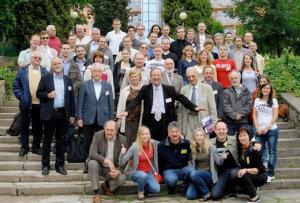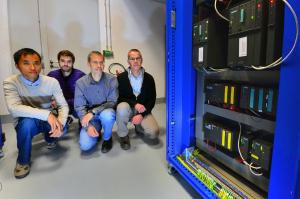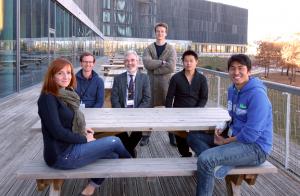What’s New
1 February 2016
ITER news digest for the period of 25 January 2016 to 1 February 2016.

Text books for Chinese section at Int'l School
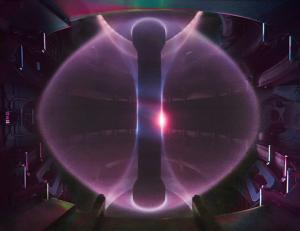
Paint it black
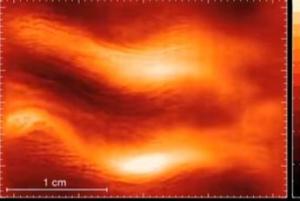
New finding may explain fusion reactor heat loss
